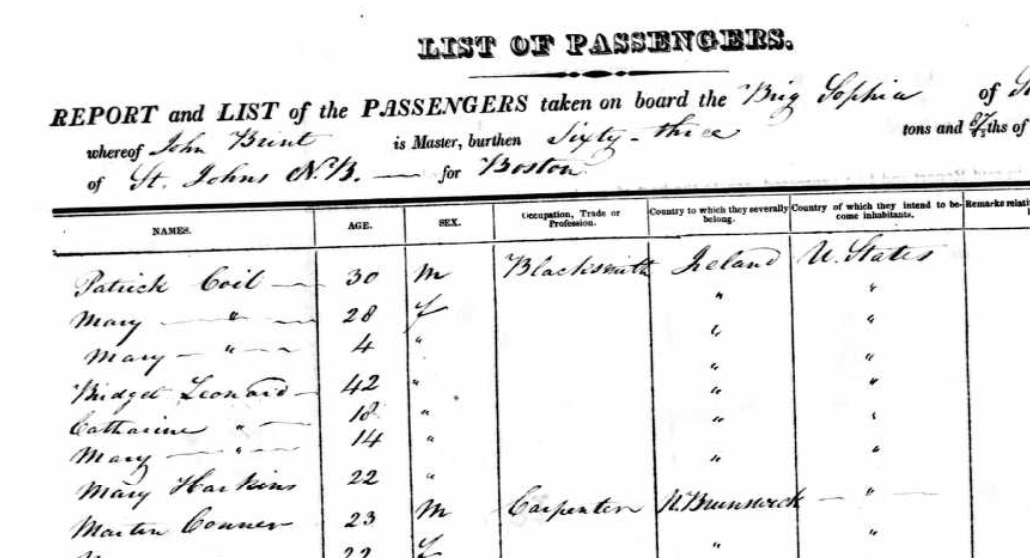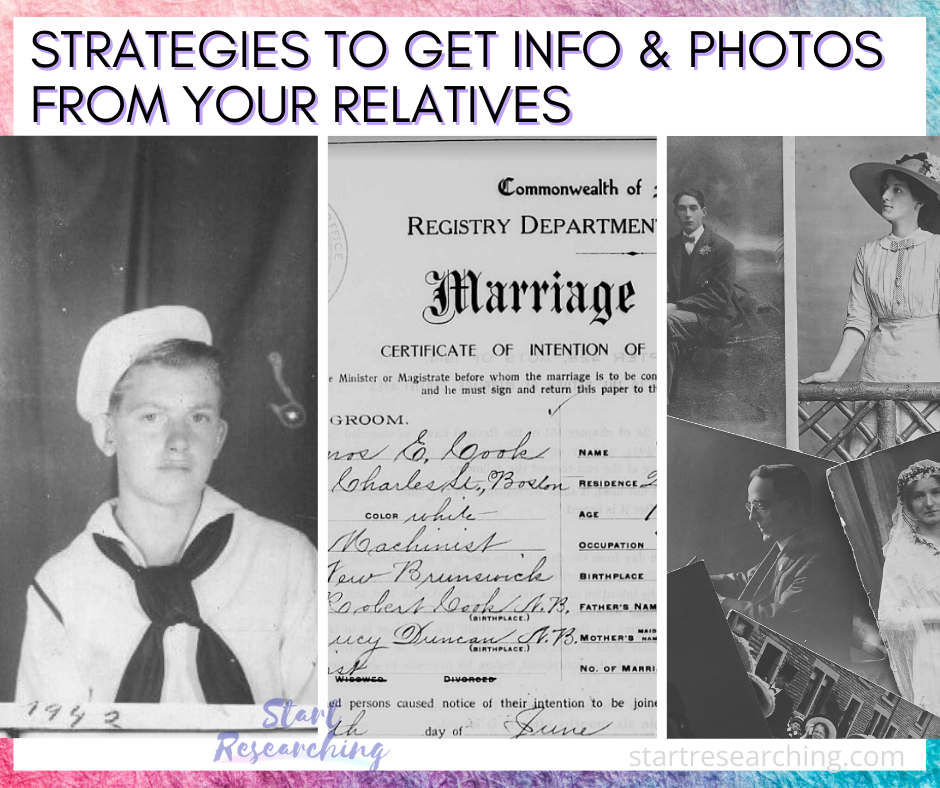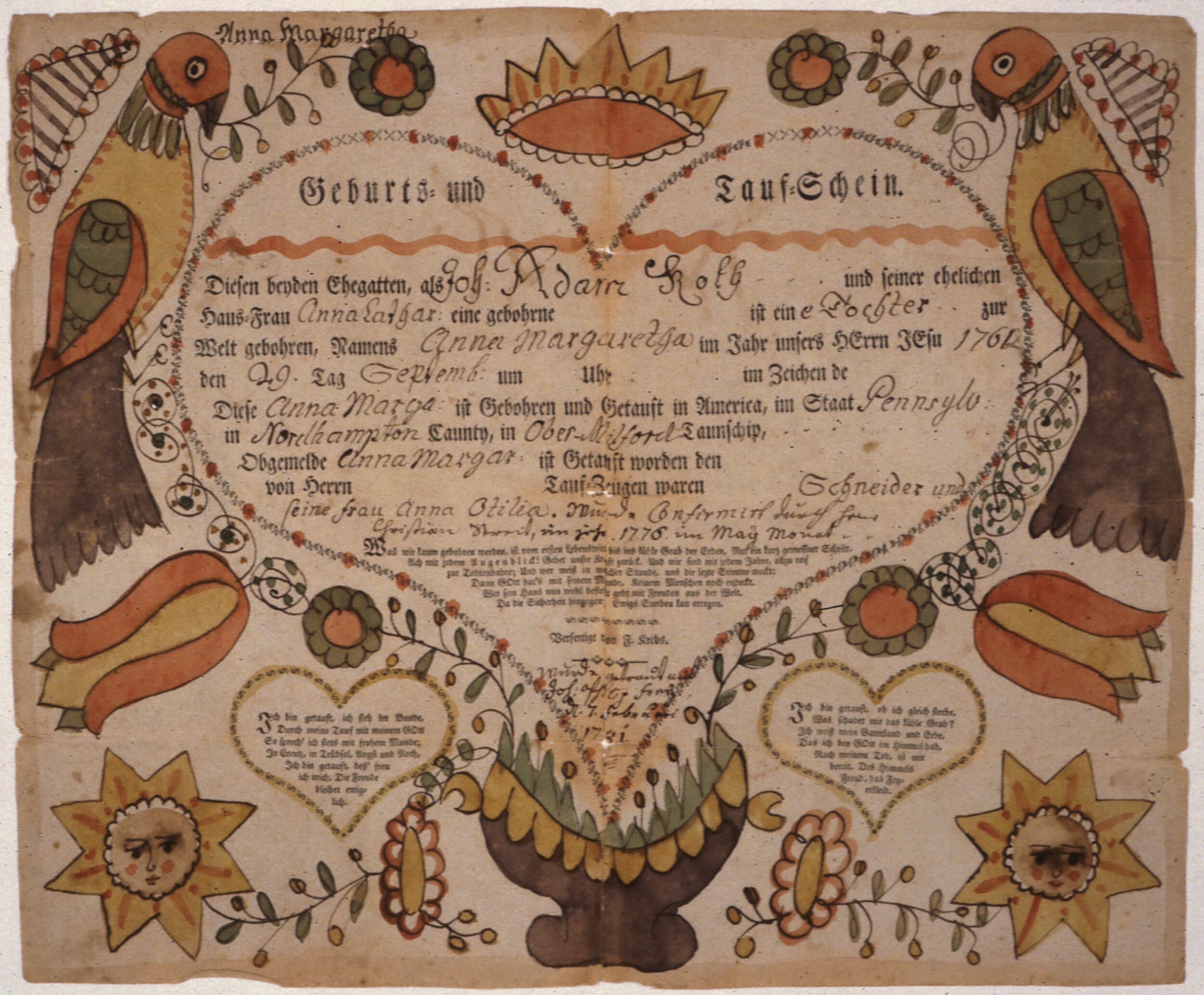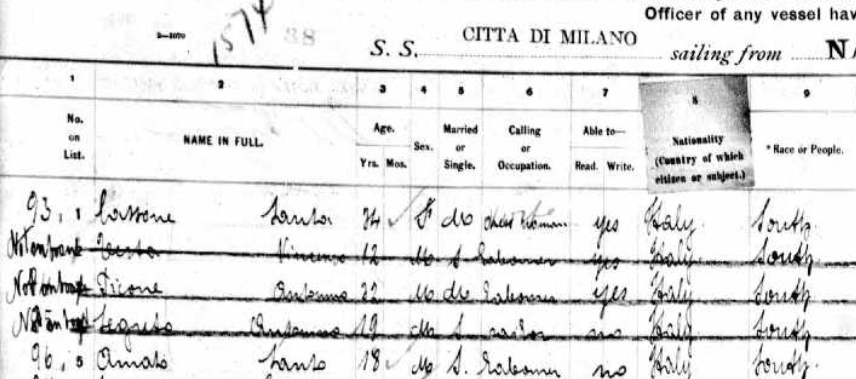This post discusses events which may be triggering or distressing. In Canada, there is a 24hr National Residential School Crisis Line available at 1-866-925-4419.
This past May, researchers discovered the bodies of hundreds of indigenous students at the sites of former residential boarding schools across Canada. To-date more than 1,000 of these unmarked graves have been located, with the help of ground-penetrating radar, and researchers expect to find more.
While the trauma experienced by indigenous people at these schools was already known, (Canada had already faced it’s largest class action settlement in history with the Indian Residential School Agreement in 2007), the vast number of student deaths was widely unknown. Temporary memorials with children’s shoes have been held across the country, as well as some churches reportedly burned.
In America, where there were twice as many of these schools, there has not been as much of a public out-cry. However, the U.S. Secretary of the Interior Deb Haaland, the first Native American to be in this position, has said there will be a federal investigation (read the press release from June 22, 2021).
Caption reads “Henry Standing Bear [Top], Wounded Yellow Robe [Left] Chancy Yellow Robe [Right]: Sioux boys as they entered the school in 1883 [on the left side], Three years later [on the right]”. As found on the Internet Archive, in the book “Souvenir of the Carlisle Indian School” by J.N. Choate, 1902.
In this post, I’ll be talking about how these Indian boarding schools came to be and what happened to the children at these schools. I’ve also included some links to help those who wish to research these students and the schools they attended, and I encourage you to share more links in the comments to help your fellow researchers.
Explaining the history of the residential schools:
In 1869 and 1870, mission schools and day schools took hold in reservations, with Native American children forced to attend school near their homes. While they were made to speak English, it was soon determined that these children needed to be further separated from their families to become fully “civilized”. Next, they made boarding schools, still somewhat close to the reservations, and allowed families to visit and children to go home in summer months, but this too was not viewed successful by the then U.S. government.
Lt. Richard Henry Pratt, who had overseen the education of released Indian prisoners and hostages, opened the Carlisle Indian Industrial School in 1879 in a vacant military barracks in Carlisle, Pennsylvania. This school, along with Pratt’s philosophy “kill the Indian, save the man”, became the blueprint for future residential boarding schools in the U.S. and Canada.
Note in early America these people were called “Indian”, and in Canada, “Aboriginal”, though today they are “Native American” or “Canadian Indian”, or also “Indigenous”.
On the left, “Chicirahua Apaches as they arrived at Carlisle from Fort Marion, Florida. Nov 4, 1886.” On the right, “Chiricahua Apaches four months after arriving at Carlisle.” From a book “United States Indian Industrial School, Carlisle, PA.” found on the Internet Archive. No known copyright restrictions.
At these residential boarding schools, children as young as five (though remains have been found of younger children and infants) were taken from their families and wiped of their culture. At arrival they were given haircuts – a traumatic experience for a culture that valued long hair - and uniforms. They were told not to speak their own language, say their prayers, or sing their songs. They were given new anglicized names and had to convert to Christianity, as well as speak English (sometimes French in Canada). Most were not allowed contact with their families.
On the surface this was a forced assimilation of Native American children through education, when in reality it was eradicating a people. Many fell victim to the violence and abuse (physical, psychological, and sexual) that was rampant. These children suffered and died from a multitude of ills, including hard manual labor, unsanitary living conditions, contagious diseases (especially tuberculosis, measles, and pneumonia), lack of medical care, starvation, and neglect.
Government Indian School, Swinomish Reservation. Library of Congress. No known copyright restrictions.
They were made to follow a military like schedule. Their labor, from gardening to splitting wood, kept the schools running. With “outing programs” children were sent to work for local white families as a form of cheap labor for the community, often with females as maids or cooks and males as farm hands.
Many Native American families resisted sending their children to these schools but were not given a choice. In the U.S, attendance was made mandatory by a federal law passed in 1891, by the Bureau of Indian Affairs, which “withheld food and other goods from those who refused to send their children to the schools, and even sent officers to forcibly take children from the reservation” (Blakemore). There are also many reports of children running away from the boarding schools and facing harsh punishments when caught and returned.
“United States Indian School, Carlisle, PA…six boys doing laundry.” Library of Congress. No known copyright restrictions.
Those that did survive these systems were left without the knowledge of how to raise a family, lacking a true education, and grasping only fragments of their indigenous culture, all of which would ripple like a shockwave through future generations.
Church involvement
In America, they would be run by the Bureau of Indian Affairs (BIA) or church-run and subsidized by the BIA. In Canada, the money came from the Department of Indian Affairs, and the schools were largely run by Christian churches. “The Roman Catholic Church in particular was responsible for operating up to 70% of residential schools [in Canada], according to the Indian Residential School Survivors Society” (Honderich). In ongoing efforts, “in 2017, Mr. Trudeau asked Pope Francis to apologise for the church’s role in running Canada’s residential schools – but the church has so far declined. The United, Anglican and Presbyterian churches issued formal apologies in the 1980s and 1990s.” (Honderich).
Read: “How has the Catholic Church addressed residential school abuses and what is expected now?” by Nicole Bogart for CTVNews Canada, published 9 June, 2021.
With the recent news of the discovery of many bodies at these residential schools in came the burning and vandalizing of multiple churches in Canada, some located on indigenous land.
How many of these schools existed?
According to the National Native American Boarding School Healing Coalition, there were at least 367 American Indian boarding schools in the United States. For a full list, organized by state: https://boardingschoolhealing.org/list/
They encourage those with any information about additional schools to send them leads.
“Indian Industrial School, Carlisle, PA”. A publication from 1895 depicts the school’s method of assimilating a Native American into the dominant society. Internet Archive. No known copyright restrictions.
In Canada, there were at least 150 Indian residential schools, most listed in an Indian Residential School Settlement Agreement (IRSSA), a class action implemented in 2007 that included a monetary compensation payout for former students, among other things.
You can view an interactive google map of these residential schools in Canada, created by Historic Canada.
What happened to these schools?
It took a long time for the laws to change. The New York Times reports “by the 1920s, one group estimates, nearly 83% of Native American school-age children were attending such schools” (Callimachi). Then in 1928, The Meriam Report raised awareness of the poor living conditions, and a few reforms took place. However, it wasn’t until the 1970’s that real changes were brought about. Towards the end of the decade, “in 1975, Congress passed the Self-Determination and Education Assistance Act, which granted tribes the ability to assume responsibility for programs that had been administered by the federal government. It was the death knell for most residential schools” (Blakemore). And then in 1978, the Indian Child Welfare Act finally allowed parents the legal right to deny their children’s attendance at off-reservation schools. As boarding schools closed in America, many Native American children were transitioned into the public school system or on-reservation schools.
Changes seemed to take place earlier up north. With the revised Indian Act of 1951 students began integrating into provincial school systems. A series of government reports in the late 1960s condemned the remaining residential schools, including the Hawthorn Report, titled “A Survey of the Contemporary Indians of Canada”. In 1972, in response to the Canadian government’s 1969 White Paper, the National Indian Brotherhood released Indian Control of Indian Education, a policy which Canada’s Department of Indian Affairs accepted. This Brotherhood is now called the Assembly of First Nations.
Do any of these schools still exist?
In Canada, the answer is no - “the last federally-funded residential school, Marieval Indian Residential School located on the Cowessess 73 reserve in Marieval, Saskatchewan, was closed in 1997” (Wikipedia).
In America, “the U.S. Bureau of Indian Education [BIE] still directly operates four off-reservation boarding schools in Oklahoma, California, Oregon, and South Dakota. According to the National Native American Boarding School Healing Coalition (NABS), a Native-run nonprofit, 15 boarding schools and 73 total schools with federal funding remain open as of 2021” (Blakemore). Of these schools still in operation in the U.S., “attendance is no longer mandatory, and Native children are not forced to be Christian in non-Christian boarding schools” (Smith).
Today in the U.S., “the Interior Department’s Bureau of Indian Education (BIE) currently supports 183 schools on 64 reservations in 23 states, with 48,000 students in total. Of these 183 schools, 59 are operated directly by the BIE and 124 are operated by local tribal school boards” (The Red Road).
“Carlisle Indian School, Carlisle, PA, class in English or Penmanship”. Library of Congress. No known copyright restrictions.
What kind of records can be found today?
U.S. government records from the National Archives and the Bureau of Indian Affairs:
Other U.S. government resources:
Canadian government resources:
School records transferred to other University collections, or resources created by colleges and universities:
Resources from groups researching these schools:
Records from local historical and genealogical societies:
Museum records and digital archive collections:
Various online reports and collections:
The above links are just a sampling of what you may find. You may also be able to locate records held by the schools themselves, as some of these schools continue to operate under different models and may have their own historical repositories. Additional records may be held by Indigenous tribes, and also various church affiliations that ran the schools. Another suggestion would be historic newspapers.
Tip: If you come across websites that no longer exist, see if they can be accessed through the Internet Archive’s Wayback Machine.
What about records of the students that died?
Sadly, “thousands of children died in residential schools and their bodies rarely returned home. Many were buried in neglected graves…there are no available records to mark their identities” (Honderich).
Still, researchers are working hard to put together facts and identify the deceased. A few years ago, “in 2019 the [Canadian] government committed C$33.8m ($28m; £19.8m) over three years to develop and maintain a school student death register and set up an online registry of residential school cemeteries” (Honderich). The National Centre for Truth and Reconciliation in Canada is developing this, which you can now search by name or school:
National Student Memorial Register: https://nctr.ca/memorial/
Sources:
Blakemore, Erin. “A century of trauma at U.S. boarding schools for Native American children”. National Geographic. https://www.nationalgeographic.com/history/article/a-century-of-trauma-at-boarding-schools-for-native-american-children-in-the-united-states Accessed 22 July 2021.
Callimachi, Rukmini. “Lost Lives, Lost Culture: The Forgotten History of Indigenous Boarding Schools” New York Times. 19 July 2021. Updated 20 July 2021. https://www.nytimes.com/2021/07/19/us/us-canada-indigenous-boarding-residential-schools.html Accessed 23 July 2021.
Honderich, Holly. “Why Canada is mourning the deaths of hundreds of children” BBC News. 15 July 2021. https://www.bbc.com/news/world-us-canada-57325653 Accessed 22 July 2021.
Smith, Andrea. “Indigenous Peoples and Boarding Schools: A comparative study” The UN. 26 January 2009. https://www.un.org/esa/socdev/unpfii/documents/IPS_Boarding_Schools.pdf Accessed 23 July 2021.
The Red Road contributors. “Education of the First People”. The Red Road. https://theredroad.org/issues/native-american-education/ Accessed 23 July 2021.
Wikipedia contributors. “Canadian Indian Residential School System”: Wikipedia, https://en.wikipedia.org/wiki/Canadian_Indian_residential_school_system Accessed 23 July 2021.

![Caption reads “Henry Standing Bear [Top], Wounded Yellow Robe [Left] Chancy Yellow Robe [Right]: Sioux boys as they entered the school in 1883 [on the left side], Three years later [on the right]”. As found on the Internet Archive, in the book “Souvenir of the Carlisle Indian School” by J.N. Choate, 1902.](https://images.squarespace-cdn.com/content/v1/5e18c9db5f83dc089c81b8bb/1627336381892-SAHIE4QPCUEZIKRP4ANQ/yellow+robe.png)















![In the left column it says “U.S. born” and underneath the abbreviation “do” for “ditto” is written three times. Would you have noticed all of the Di Lorenzo children where born in the U.S. looking at this? There are also quotation marks meaning same as above / child in the far right column... Ancestry.com, New York, U.S., Arriving Passenger and Crew Lists (including Castle Garden and Ellis Island), 1820-1957. Year: 1905; Arrival: New York, New York, USA; Microfilm Serial: T715, 1897-1957; Line: 1, Page Number: 41.[Database-on-line] Provo, UT. Ancestry.com Operations, Inc., 2010.](https://images.squarespace-cdn.com/content/v1/5e18c9db5f83dc089c81b8bb/1620786931498-A57FIX57NFLGMRWD9OWN/ditto+abbreviated+do.png)



![In between the Family Name and Given Name, we see the initials "“DEP”. Ancestry.com, Massachusetts, U.S., Arriving Passenger and Crew Lists, 1820-1963. Record Group Number: 85; Series Number: T843; NARA Roll Number: 291. [Database-on-line]. Provo, UT. Ancestry.com Operations, Inc., 2006.](https://images.squarespace-cdn.com/content/v1/5e18c9db5f83dc089c81b8bb/1620753142824-2I1NZ942SRWG4LSRA19O/dep.png)


